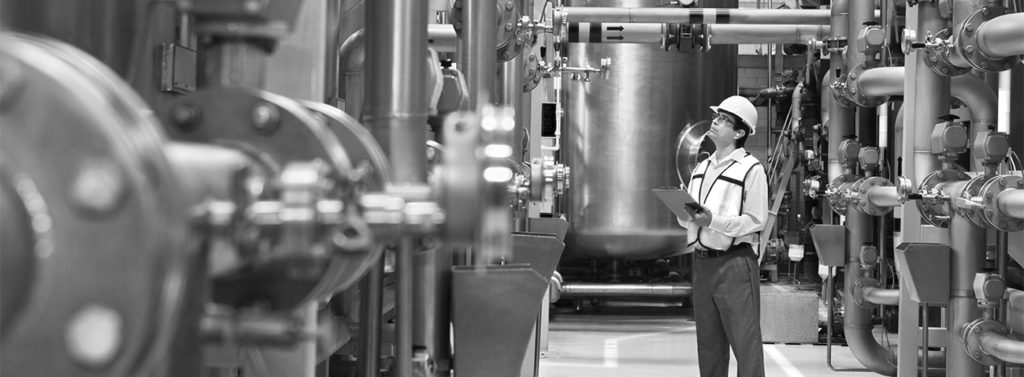Distributed Energy Resources (DERs)–like energy storage, solar, fuel cells, wind generation, combined heat and power, and more–are power sources that can be aggregated to provide the power necessary to meet regular demand.
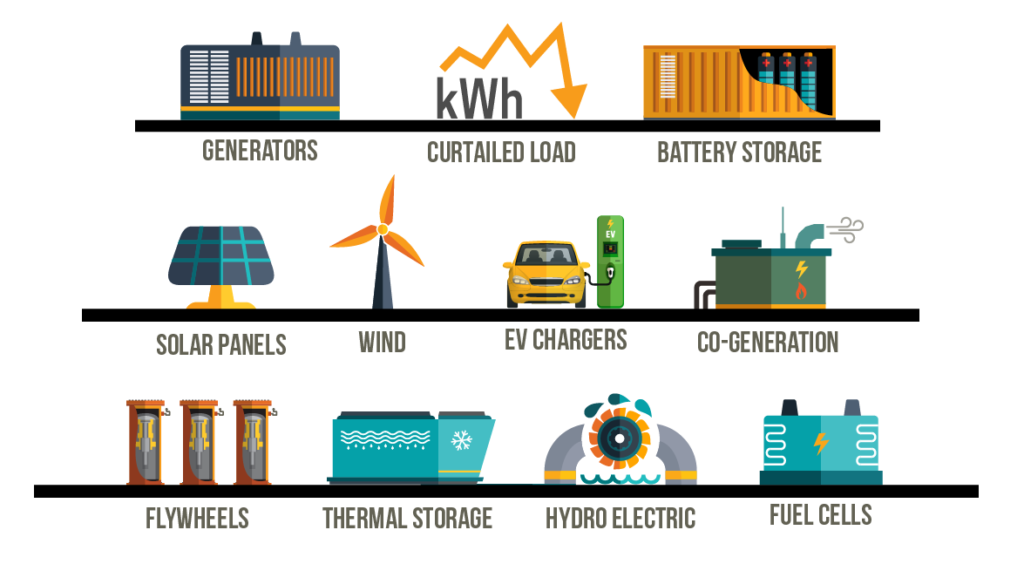
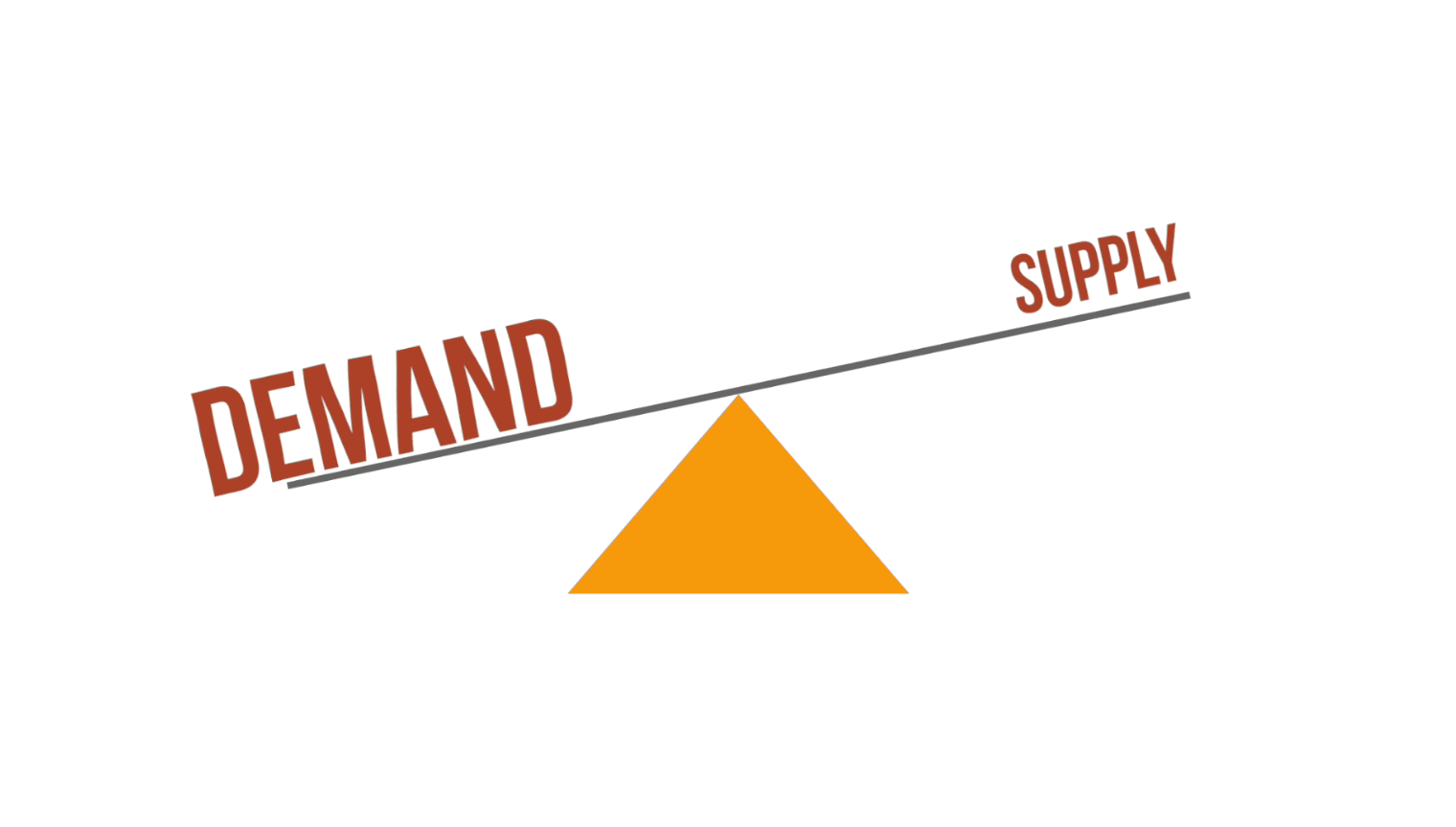
DERs are not only enhancing the way grid operators balance energy demand and supply, but they’re also helping commercial and industrial organizations worldwide offset their energy spends.
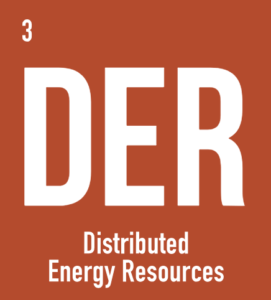
Organizations that implement one or more DERs typically do so to save money by using electricity from the grid during off-peak hours and from the asset during on-peak hours.
An industrial facility with, for example, both an on-site backup generator and a Combined Heat and Power (CHP) cogeneration system can not only save money by avoiding peak hour usage from the grid, but it can also earn money by participating in demand response programs.
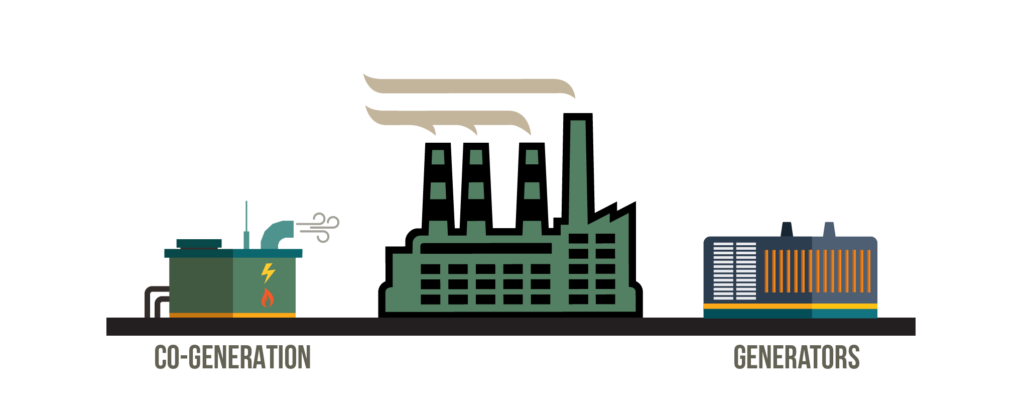
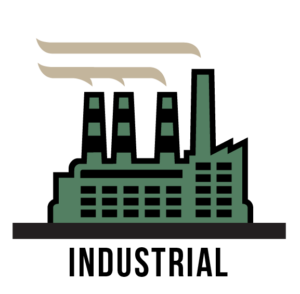
Here’s how organizations that participate in demand response earn revenue for using less energy when the grid is stressed or when electricity prices are exceedingly high.
When the grid is stressed, the grid operator sends a signal
notifying a curtailment service provider (CSP) like CPower of a demand response event.
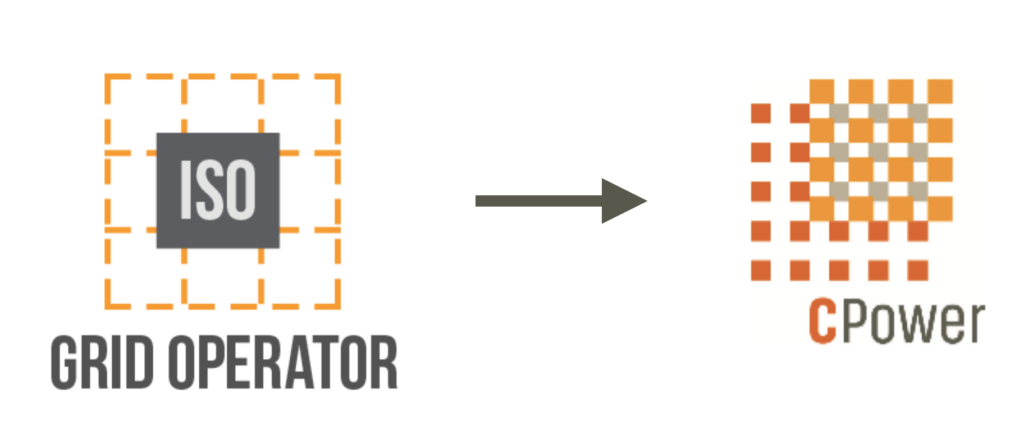

CPower’s in-house Dispatch Team responds to the signal…

…then notifies the industrial facility to execute its demand response curtailment plan.
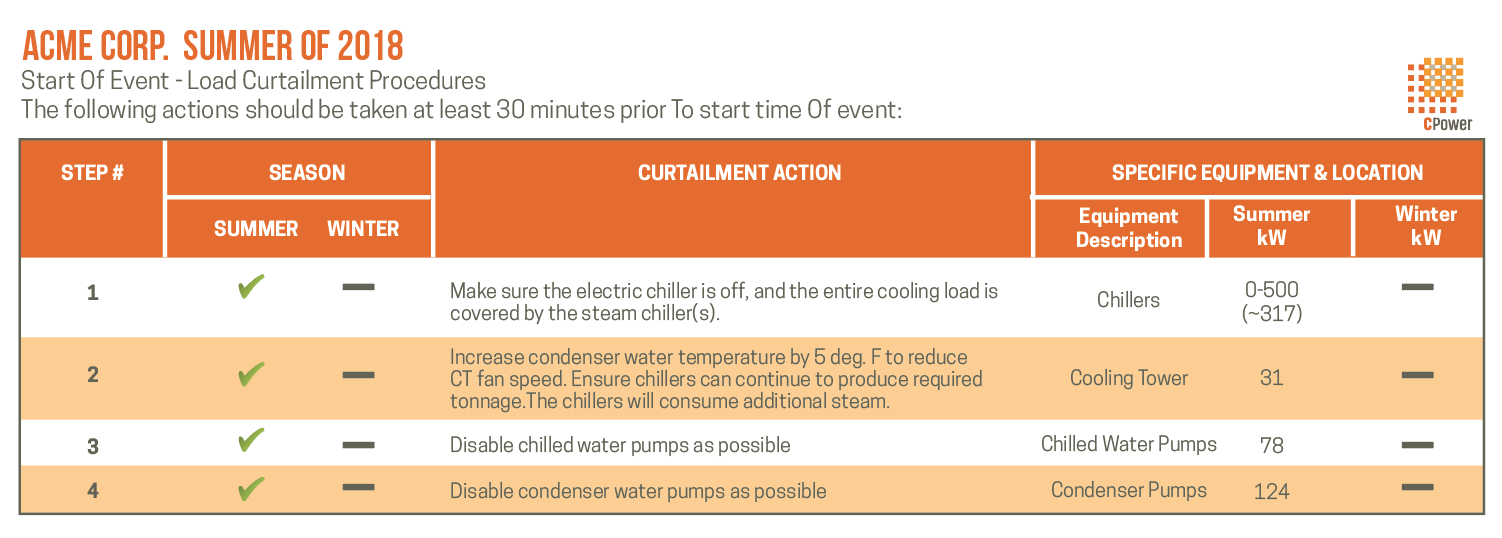
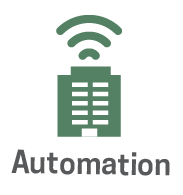
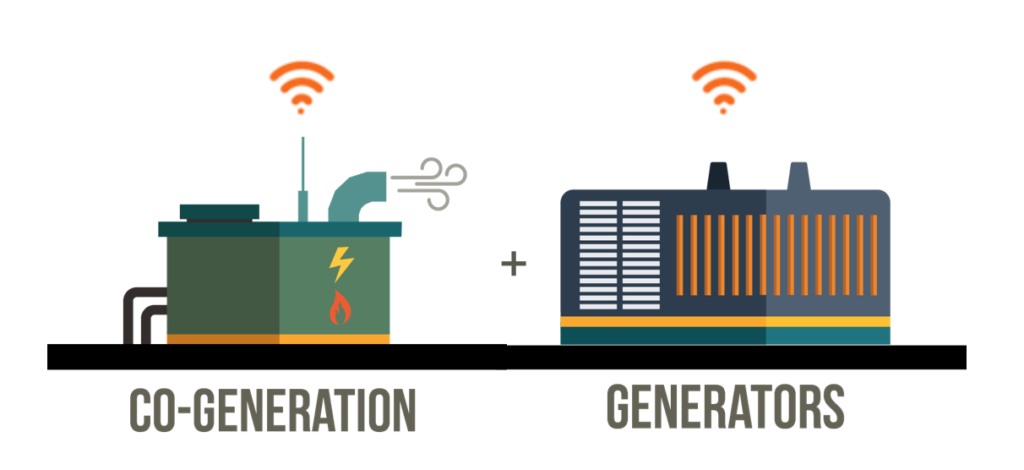
Having seamlessly integrated with the facility’s DERs and its building management system (BMS), CPower technology dispatches both the CHP unit and the on-site generator to engage during the demand response event. The facility’s electricity demand from the grid is now reduced to a mere 10%.

At this point, the organization is saving money by consuming electricity it has generated from its on-site DERs as opposed to purchasing that same electricity from the grid.
Thanks to the onsite generation courtesy of its DERs, the industrial facility is able to maintain the bulk of its production during the demand response event.
Now let’s examine how the organization earns money by participating in demand response and/or energy efficiency.

CPower offers the facility’s unused electricity (negawatts) that would have otherwise been purchased from the grid into the region’s forward capacity market, which is where the grid ensures that the region will have sufficient resources to meet the future demand for electricity.
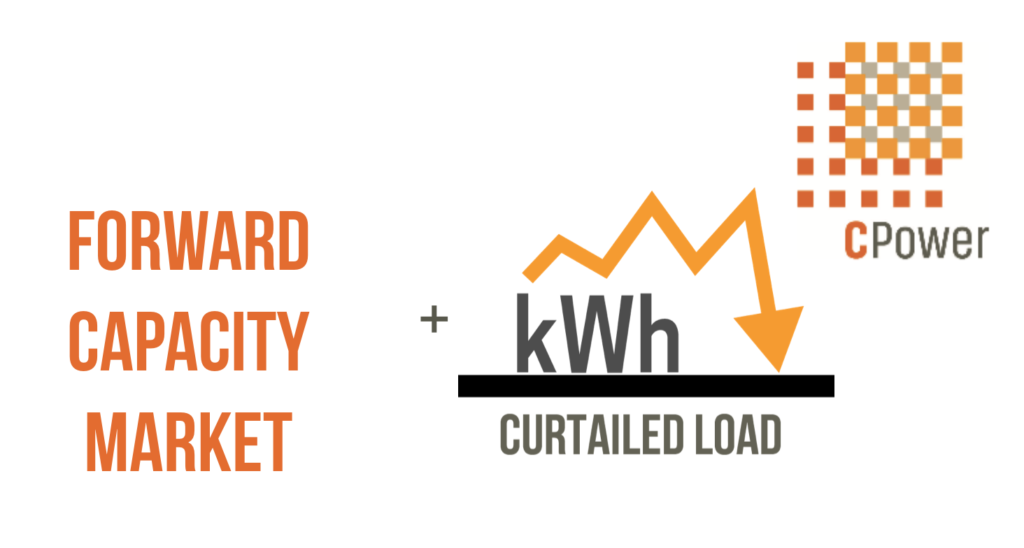
In a forward capacity market, resources like the negawatts offered by the industrial facility compete against resources supplied by other commercial organizations in an auction designed to obtain from the participating organizations a commitment to supply capacity in exchange for a market-priced capacity payment.
Capacity, in this case, is most aptly defined as the maximum electric output an electric generator can produce under specific conditions. In a forward capacity market, CPower sees to it that its customers providing a commitment to supply capacity to the grid at a time of need in the future receive a fair-market price for the capacity they deliver during a demand response event.
For doing its part to relieve grid stress, the industrial organization receives a check from CPower.

Distributed energy resources like solar cells, battery, storage, backup generators, cogeneration systems and more, offer organizations great opportunities to save money on electricity purchased from the grid.
With CPower’s help, the same DERs that provide savings can be monetized to provide an organization significant earnings.

To learn how your industrial organization can monetize its distributed energy resources, start the conversation with CPower.
Monetizing
Distributed Energy Resources
You’re ready for the future.
CPower can help you pay for it.
